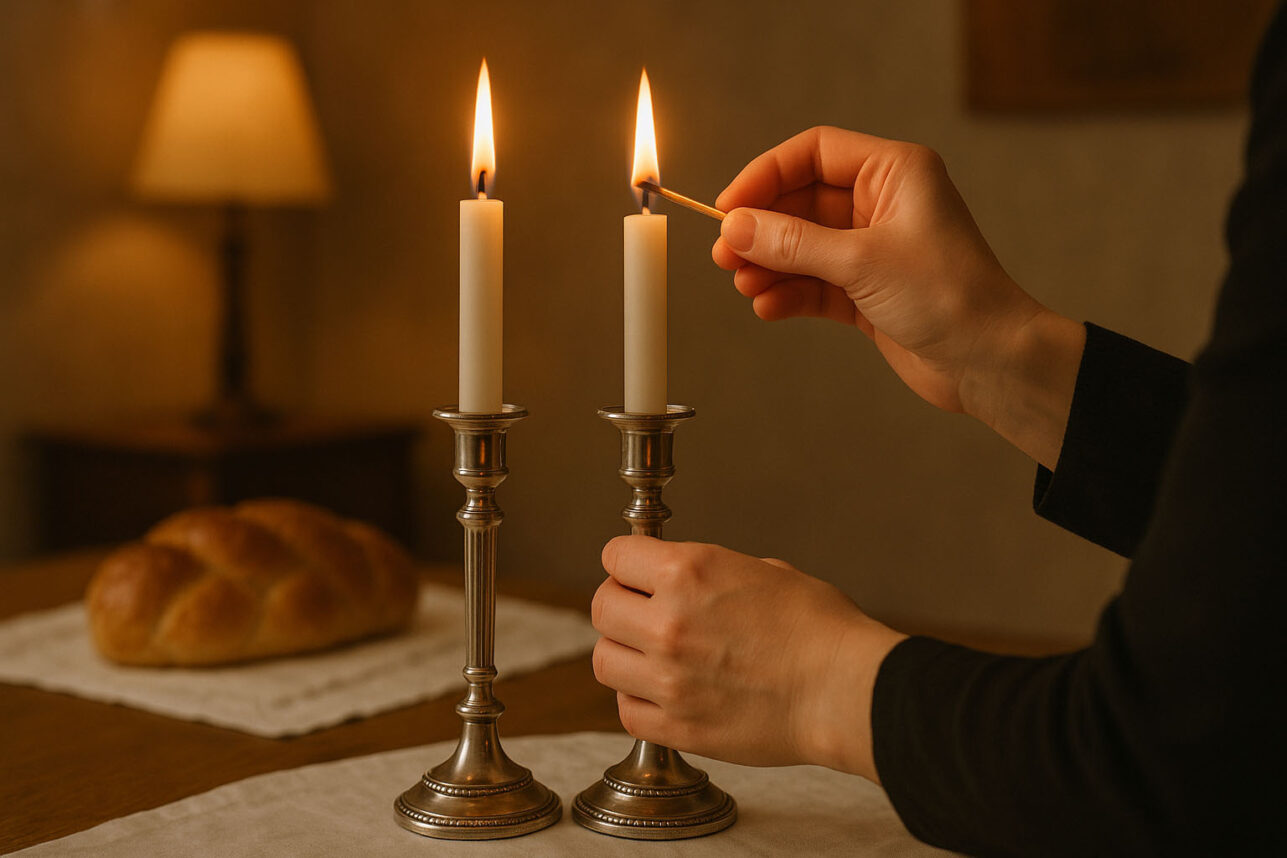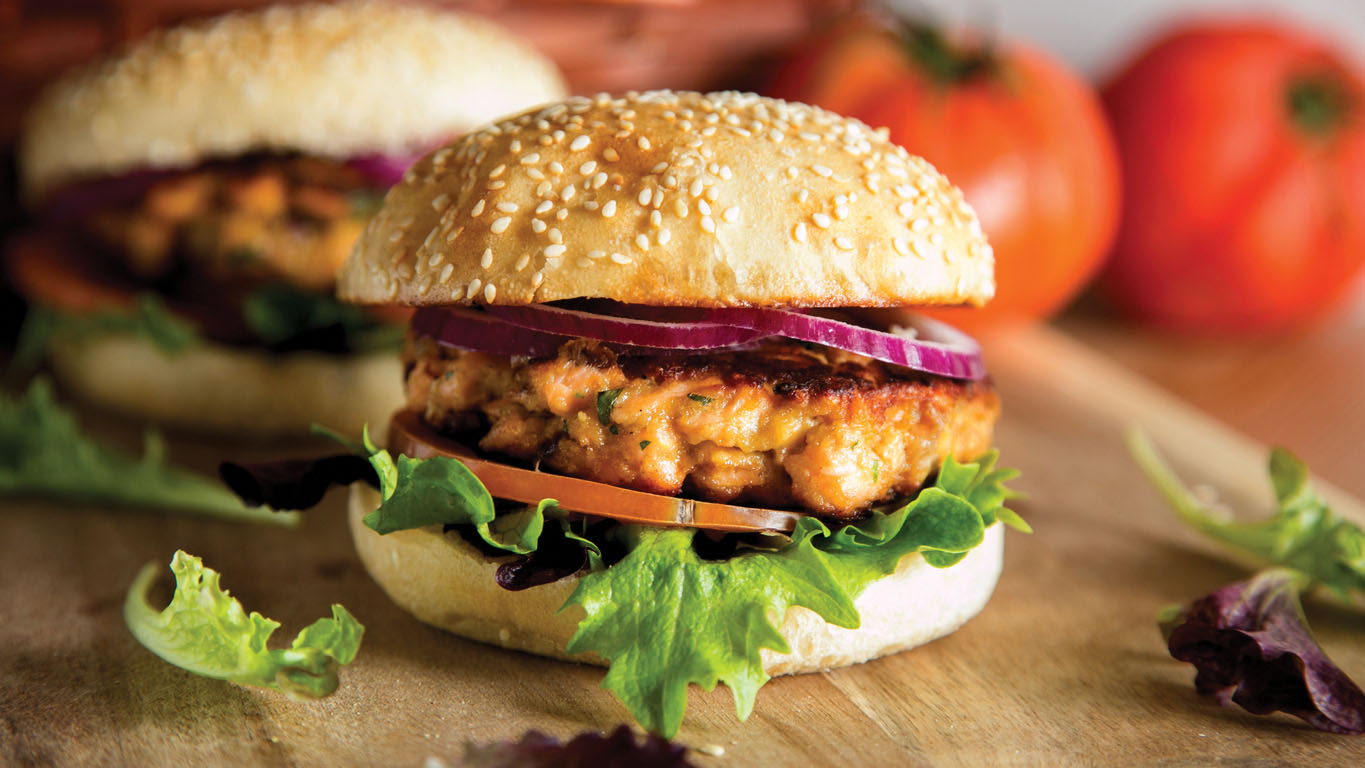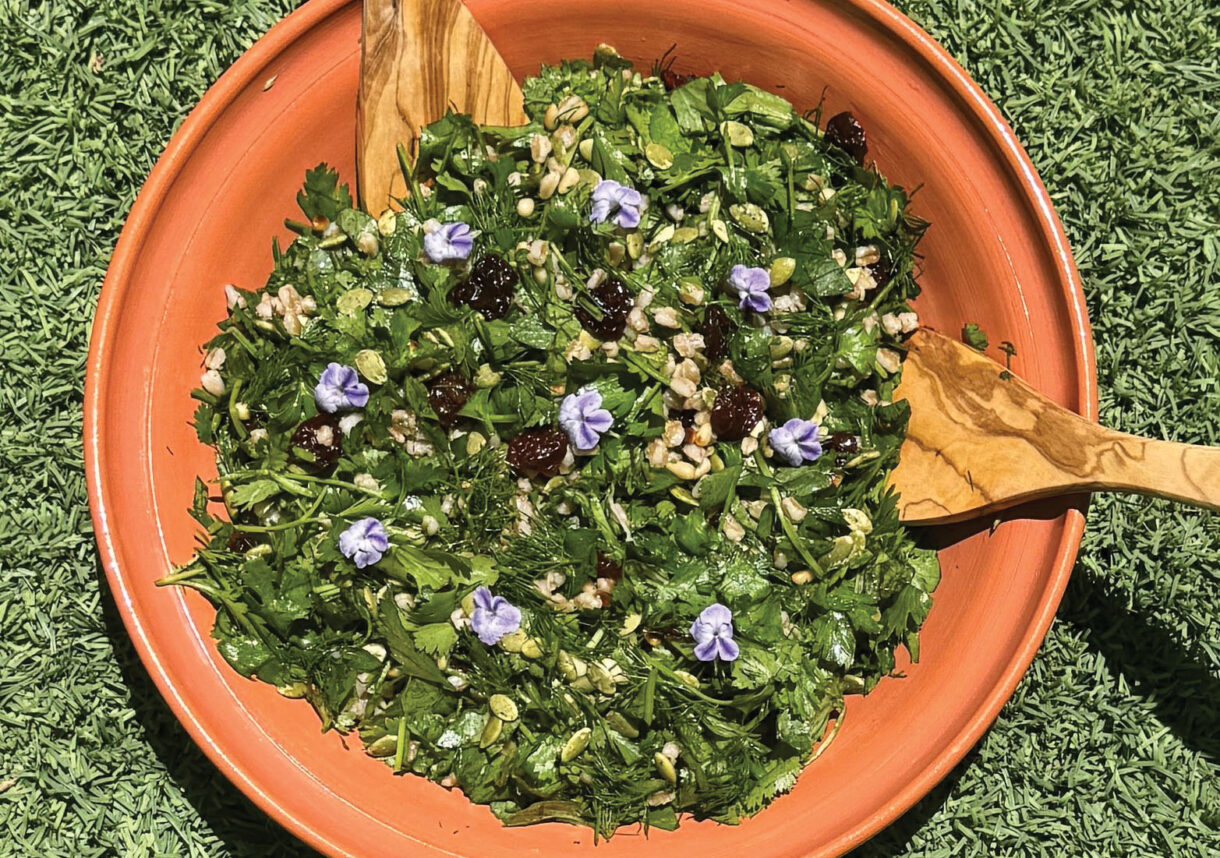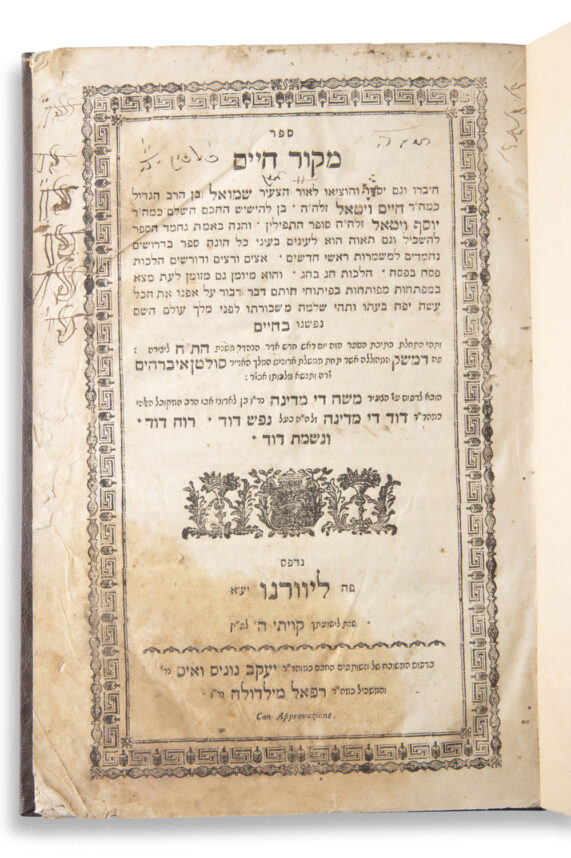Seven years ago, my wife wrote an entire book about praying to God without using formal prayers.
I’m the same way, but with recipes.
I love reading recipes, I collect cookbooks, I enjoy food magazines—but they all serve more for inspiration than instruction. I learned to cook partly by following recipes, but at some point I closed the book. In my wife’s book of prayers, Talking to God, she writes about the rote learning and formality of traditional prayer is often an obstacle to the experience of holiness.
The same goes for cooking. Bury your nose in a cookbook, worry over following a recipe to the dot, and you lose the immediacy, the contact, the sensuality and the connection you would otherwise feel to the food you’re cooking. Sometimes you have to make that sacrifice: I still will use recipes when I make a new pastry, because there’s less margin for error there. But in regular cooking, I prefer to go on instinct and prior experience. It feels better.
Something about Thanksgiving brings out the recipe fanatics. Every food magazine and food section publishes guide after guide, and I wonder if all that doesn’t ghive the holiday kitchen the stiffness of High Church (or synagogue), where you don’t fear the Lord as much as you fear going off script.
Want to get Thanksgiving back? Try cooking the turkey without notes. I know it sounds like heresy at a time like this, but just do it. The single most important dish on the single most important American cooking holiday, all eyes on you, every expectant mouth just waiting for a perfect slice—if you can do it on Thanksgiving, with the turkey, you can do it all year.
I’ll help.
Here’s the three things about no-recipe cooking to remember:
1. You’re a better cook than you know. You already are an expert in how you like things to taste, so just taste a lot and follow your tongue.
2. You can cheat. Peak in a cookbook if you want, Google, call a friend. Hey, e-mail me.
3. When in doubt, pull it out. Better to undercook than to overcook. You can always put things back on the stove or back in the oven.
4. Use the very best ingredients you can afford (or better), keep the preparation simple, and you will hardly ever go wrong.
Recipe-Free Thanksgiving Turkey
I use a kosher, free-range heritage breed turkey. It costs like 90 bucks a pound, but it lived a good life and it tastes great. How long does it take to cook? About 3-4 hours. A nice brown skin is a good indication it’s time to start checking.
1 best-quality turkey
olive oil
salt
fresh pepper
paprika
garlic
vermouth
onion
celery
carrot
mushrooms
fennel bulb
fresh thyme and bay leaf
flour
lemon
chicken stock
Preheat the oven to 350. Wash the turkey inside and out and dry thoroughly. Chop half the vegetables very fine, then toss with salt, pepper, the chopped herbs and some wine and the lemon juice you’ve squeezed from the lemon. Stuff most of this mixture under the skin of the turkey by lifting gently with the back of your hands and pushing it under the breasts and thighs. Put the rest inside the cavity, along with the squeezed lemon halves.
Chop the rest of the vegetables roughly and lay in large roasting pan. Coat the bird in oil, then sprinkle on lots of salt, pepper, paprika and finely chopped garlic.
Place the turkey breast side down on the vegetables, pour in enough wine to cover the bottom of the pan, and roast until very brown. Turn over and roast until very brown.
Test with a thermometer plunged into the thigh, or by cutting and peeking, or by feel. If it’s too raw, roast longer, if you’ve overcooked it, you’ll know better next time. Check early and pull out just before you’re sure its done—meat continues to cook outside the oven.
Remove the turkey and place the roasting pan on a high flame. Add a lot of vermouth and boil and scrape until the pan bottom is clean. Pour through a colander into a measuring cup, let fat separate, then skim it mostly off. Pour juices back into a saucepan, add a little flour or cornstarch and stir over high heat until it begins to thicken. Then you pour in enough stock to serve your guests, and adjust with salt and pepper.
Slice the turkey after it’s rested 15 minutes or so, then serve with the sauce.
So easy.


































 More news and opinions than at a Shabbat dinner, right in your inbox.
More news and opinions than at a Shabbat dinner, right in your inbox.